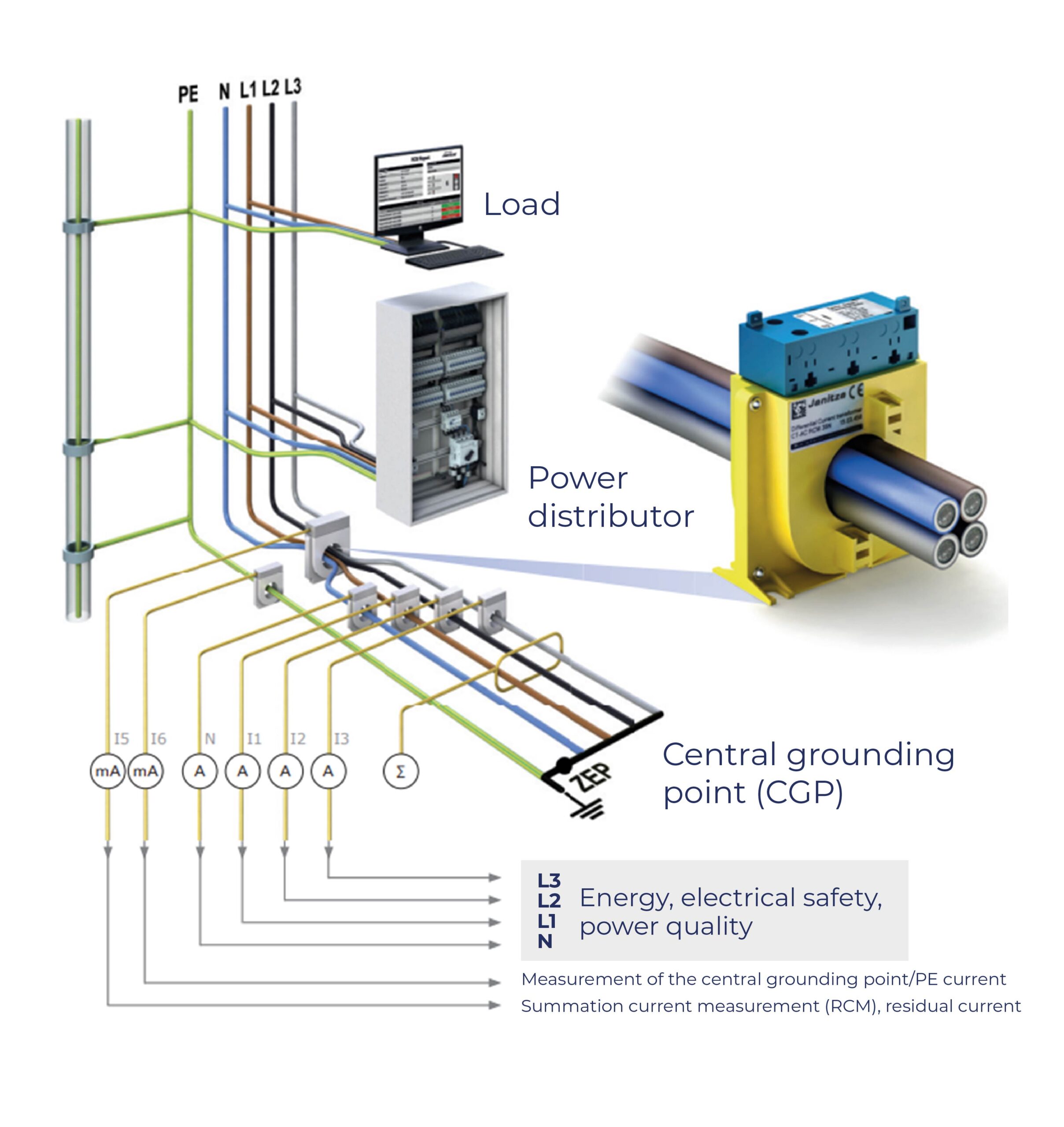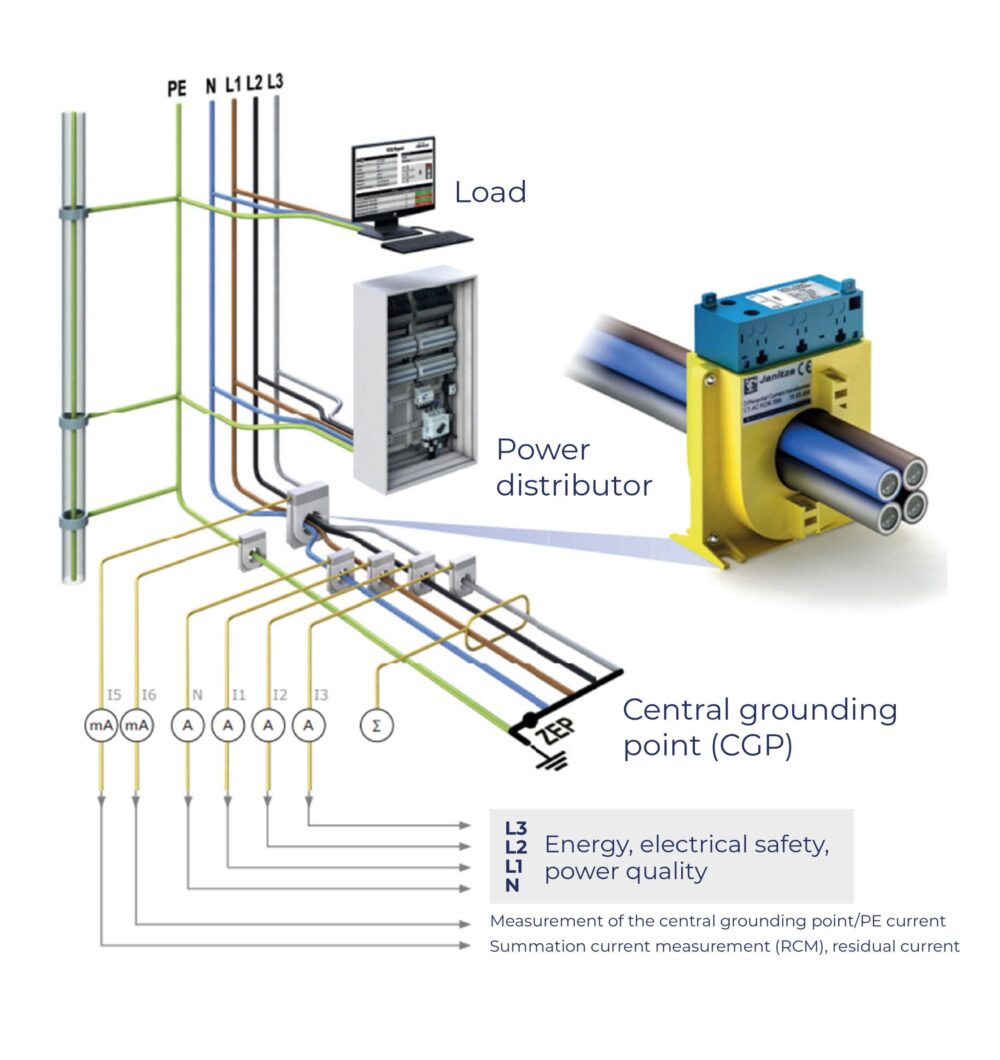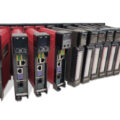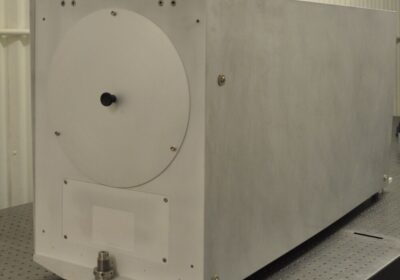~ The benefits of residual current monitoring in critical applications ~
According to the International Energy Agency, global internet traffic has increased by 15 times since 2010, meaning the demand for data centres that store, process and distribute large amounts of data has also grown significantly. Data centres are just one example of critical facilities that rely on uninterrupted power. Here, John Mitchell, global sales and marketing director of power quality specialist CP Automation, explores why continual residual current monitoring (RCM) is essential for preventing power quality issues and disruptions in these facilities.
Power quality issues can lead to equipment downtime and should be avoided by any organisation — especially critical facilities like data centres or hospitals. In the case of hospitals, power outages can risk lives in instances where life-saving equipment should be operational 24/7. Europe is currently facing a growing energy crisis and a fragile mains supply, which places even more onus on facilities managers to prevent power interruptions.
This is where the continuous monitoring of power currents is crucial. Effective monitoring allows operators to detect power issues early and avoid the need for periodic shutdowns, while maintaining constant power and equipment uptime.
Six-nines uptime
Hospitals and data centres depend on a continuous power system, so the idea of routine shutdowns is unthinkable. Yet, conversely, critical power applications also place higher demands on electricity supply networks, which creates higher risks of power outages. To illustrate this, Uptime Institute’s 2022 Data Centre Outage Analysis found that 80 per cent of data centre managers and operators had experienced some form of power outage in the previous three years.
Uptime in data centres is a measure of system reliability, expressed as the percentage of time a system has been working and available. As a general rule, six-nines uptime — or 99.9999 per cent — is the percentage of time a network component or equipment should be accessible to users in a given time period, usually a year. Managers of critical facilities like data centres and hospitals should certainly aim for fine-nines availability.
Maintaining power quality is crucial to ensuring this uptime. That includes complying with the relevant standards like IEC/EN 61000-4-30, EN 50160 and IEEE 519, which means monitoring and measuring parameters such as harmonics, current and voltage imbalances and any transients or rapid voltage changes.
The issue with residual currents
Residual, or earth leakage, currents occur in unwanted conductive paths and flow from either the AC or DC circuit to the chassis of the equipment or the ground. Often, the root cause of residual currents is insulation faults or defective equipment and components. This can cause outflow-related residual currents and stray currents in TN-S earthing systems, where separate conductors for Protective Earth (PE) and Neutral are run to consumer loads from a site’s power supply.
Residual currents are classified as Type A, Type B or Type B+. The classifications are based on the frequency and the waveform of the current as detected by residual current devices (RCDs). Type A residual currents stem from circuits that have a residual alternating current. Type B refers to DC current leakage, and Type B+ denotes a high-frequency residual current.

The need for continuous monitoring
Although hospitals and data centres rely on a continuous power, some safety legislation requires that mains power in these facilities is disconnected for periodic inspections.
British Standard (BS) 76719 (IET Wiring Regulations), for instance, states that periodic inspection and testing should be carried out every five years, which requires switching-off temporarily from the mains grid. Meanwhile, in Ireland, Section 62.4 of the “National Rules for Electrical Installations” 2008 (ETCI) states that periodic inspection and testing should be carried-out every three-to-five years, depending on the type of installation.
Because residual currents are a continuous issue, RCM overcomes the need for mandatory testing and power disconnection, provided the right equipment and processes are installed. Both IEC 60364-6; Edition 2.0 2016-04 and BS 7671:2018 651.2 stipulate there is no requirement for insulation resistance testing, and therefore no requirement for mains power disconnection, if appropriate RCM earth leakage monitoring systems are used.
Data centres, hospitals and other critical facilities depend on reliable, 24/7 mains power. However, when power quality issues, this can cause unimaginable damage and risk to those onsite. Fortunately, RCM facilitates continuous power quality monitoring, allowing operators to detect issues early and avoid the need for period shutdowns.
To find out more about power quality monitoring for critical environments, visit the CP Automation website. To download Janitza’s white paper ‘Ultimate tool for residual current monitoring’, visit here.








